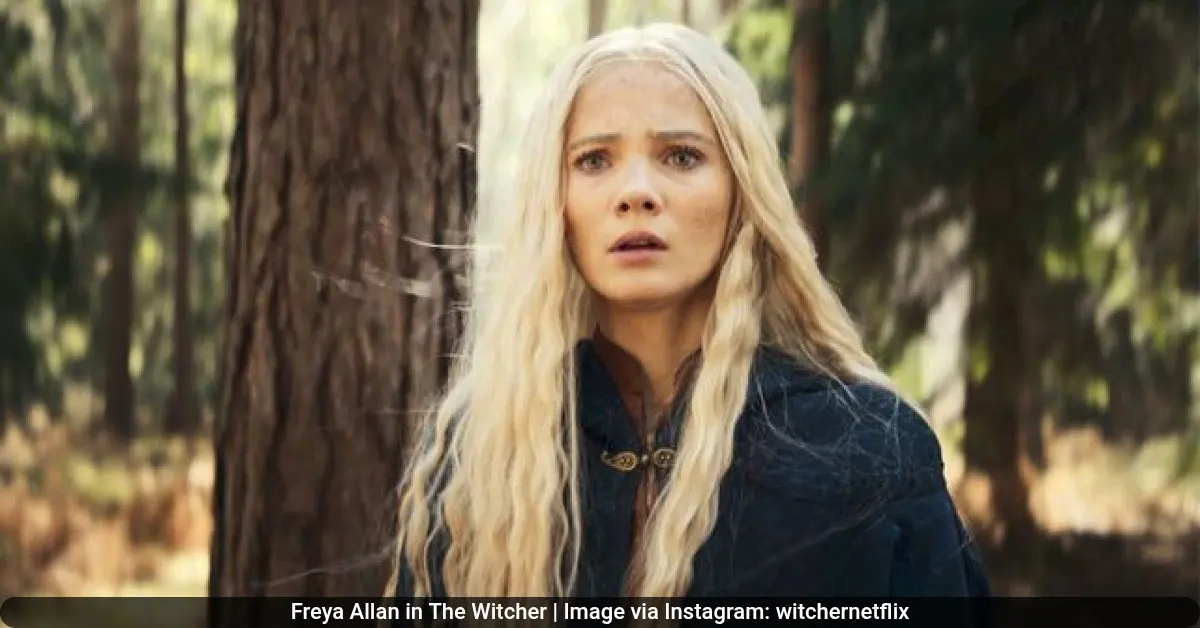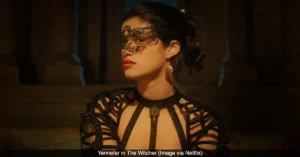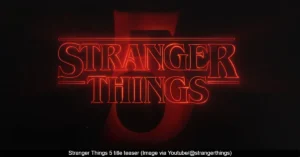The fourth season of The Witcher on Netflix introduced a romantic relationship for Ciri with a character named Mistle, a member of the outlaw group known as the Rats. This storyline sparked debate among viewers, with some accusing the show of altering the source material. However, this relationship is not a new invention by the streaming service; it is a direct adaptation from Andrzej Sapkowski’s original Witcher book series.
The Source of Ciri and Mistle’s Story
Ciri’s relationship with Mistle is taken straight from the pages of Sapkowski’s novels. The specific book this storyline is adapted from is “Baptism of Fire,” the third novel in the Witcher saga, which was first published in Polish in 1996.
This means the romantic arc was part of the official Witcher lore years before the Netflix series existed. The show’s decision to include it is an effort to be faithful to the books, not a deviation from them. The relationship develops as Ciri, using the alias Falka, finds a sense of belonging and first love with the Rats after being separated from Geralt and Yennefer.
Addressing the Controversy and Clarifying the Canon
A significant part of the audience reaction to Ciri’s romance included accusations that Netflix was pushing a modern “woke agenda” by changing the story. This criticism overlooks the fact that the relationship is established book canon. The confusion appears to stem from a few key areas.
Some viewers are more familiar with The Witcher video games, where Ciri’s sexuality has not been a central focus, rather than the original books. Additionally, because the TV series has made other, more puzzling changes to the source material in past seasons, audiences were quick to assume this was another unnecessary alteration. The show’s writers have pointed out that this particular storyline is one they kept accurate to the books.
A Complicated First Love
In Season 4, Ciri’s romance with Mistle is portrayed as a complex and pivotal part of her journey into adulthood. Actress Freya Allan, who plays Ciri, described the relationship as a crucial element of her character’s “loss of innocence” this season.
“I knew there was a lot of discussion about this relationship… It’s kind of a controversial one online,” Allan stated. “I actually felt like it was really important to maintain some of that. I wanted it to be complicated and I didn’t want it to be perfect. I didn’t want it to be a fluffy little romance.”
The show depicts their first intimate moment after another Rat, Kayleigh, preys upon Ciri. Mistle intervenes and comforts a shaken Ciri, with Ciri explicitly giving consent for Mistle to stay with her—a notable change from the book scene, which was more ambiguous. Allan explained that this relationship allows Ciri to be vulnerable in a new way while also forcing her to confront whether she can truly escape her past.
“Mistle is a character that enables us to see parts of Ciri we haven’t seen and really shows a different kind of vulnerability in her,” Allan told TVLine. “There’s also a big part of her saying goodbye to her childhood.”
Showrunner Lauren Schmidt Hissrich added that the relationship explores the difficulty of being truly known by someone.
“How do you have your first really vulnerable romantic loving relationship with someone who you’re only letting see part of you?” Hissrich said. “I think that’s something that Mistle’s constantly sort of poking at in Ciri, which is she knows there’s more there, and she just wants to get to those layers, which is a real relationship.”
A Tragic End and Lasting Impact
The romance between Ciri and Mistle does not have a happy ending. In the Season 4 finale, the sadistic bounty hunter Leo Bonhart tracks down the Rats. In a brutal scene, Ciri is forced to watch as Bonhart kills each member of the gang, including Mistle.
While their time together is cut short, the relationship leaves a lasting mark on Ciri. It serves as her first experience with love and intimacy, teaching her lessons about vulnerability and identity that will undoubtedly shape her character in the series’ final season. The storyline confirms Ciri’s bisexuality as a consistent part of her character across the books and now the television adaptation.
Also Read:
Star Wars: Visions Faces Plagiarism Accusations Over Fight Scene
Maxton Hall Season 2 Release Schedule: Your Episode Guide
The Real Book Behind Netflix’s Last Samurai Standing
Dynamite Kiss Episode Schedule: Your Complete Guide to New Episode Releases
Dear X Episode Schedule: Your Guide to New Episode Releases
Typhoon Family: Your Complete Guide to the Hit 2025 K-Drama
5 Must-Watch Gong Yoo Movies and TV Shows for Your Watchlist
Dear X Episodes 9-10 Release Date and What to Expect After a Major Character’s Death












